Home>Gardening & Outdoor>Landscaping Ideas>How To Slow Grass Growth
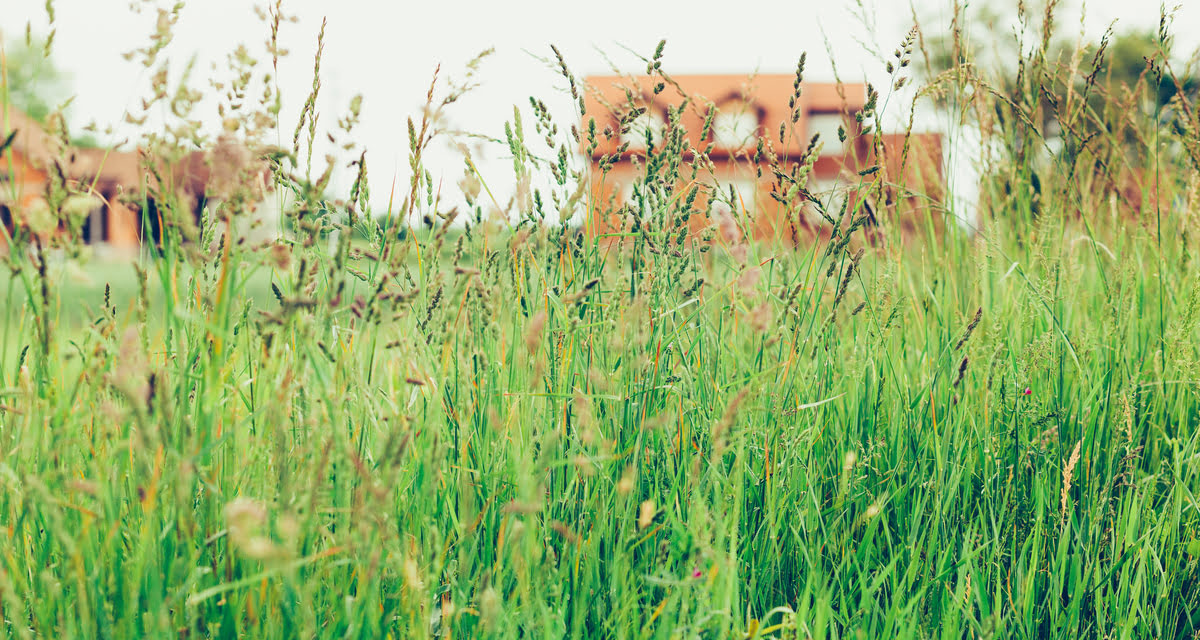

Landscaping Ideas
How To Slow Grass Growth
Published: January 25, 2024
Learn effective landscaping ideas to slow grass growth and maintain a tidy outdoor space. Discover practical tips and techniques for managing lawn growth. Ideal for homeowners seeking low-maintenance yard solutions.
(Many of the links in this article redirect to a specific reviewed product. Your purchase of these products through affiliate links helps to generate commission for Storables.com, at no extra cost. Learn more)
Introduction
Welcome to the world of landscaping, where the lush green carpet of grass can transform any outdoor space into a serene and inviting oasis. While the vibrant growth of grass is typically a desirable trait, there are instances where slowing down this process becomes necessary. Whether you're aiming to reduce the frequency of mowing, maintain a specific aesthetic, or address specific landscaping challenges, understanding how to slow grass growth effectively is a valuable skill for any landscape enthusiast.
In this article, we will delve into the intricacies of grass growth, exploring the factors that influence its pace and the techniques that can be employed to manage and control its expansion. By gaining a deeper understanding of the mechanisms behind grass growth and exploring practical strategies, you will be equipped to curate a landscape that aligns with your vision while promoting the health and vitality of your outdoor greenery.
So, let's embark on this enlightening journey into the realm of grass growth, where we will uncover the secrets to slowing down nature's verdant tapestry and sculpting your outdoor space into a harmonious and manageable sanctuary.
Key Takeaways:
- Embrace the beauty of nature while learning to control grass growth through strategic techniques like adjusting mowing practices and optimizing watering to create a harmonious outdoor space.
- Understanding the factors influencing grass growth empowers you to sculpt your landscape, fostering a sustainable and visually captivating outdoor haven.
Read more: How To Prevent Algae Growth On A Brick Patio
Understanding Grass Growth
Grass growth is a marvel of nature, driven by a complex interplay of biological processes and environmental factors. At its core, the growth of grass is propelled by the miraculous mechanism of photosynthesis, where sunlight, water, and carbon dioxide are synthesized into energy, fueling the plant’s development. This fundamental process enables grass to expand, regenerate, and thrive, contributing to the lushness and vitality of outdoor landscapes.
Grass growth follows a cyclical pattern, characterized by distinct phases that encompass germination, establishment, maturation, and dormancy. During the germination phase, the seeds sprout and develop roots, marking the inception of the grass’s life cycle. As the grass matures, it undergoes a phase of rapid growth, where the blades elongate, and the density of the turf increases, culminating in a lush and verdant expanse.
Various species of grass exhibit unique growth patterns, with some thriving in specific climates or soil conditions. Understanding the growth habits of the predominant grass species in your landscape is crucial for devising effective strategies to manage and control their expansion.
Furthermore, environmental factors such as sunlight, temperature, moisture, and soil composition play pivotal roles in influencing the rate of grass growth. Adequate sunlight and optimal temperatures foster robust growth, while water scarcity or nutrient deficiencies can impede the grass’s development, resulting in stunted or sparse turf.
By comprehending the intricacies of grass growth and the underlying biological and environmental dynamics, you can gain valuable insights into the mechanisms driving the proliferation of grass in your outdoor space. Armed with this knowledge, you are better equipped to implement targeted interventions to modulate the pace of grass growth, aligning it with your landscaping objectives and aesthetic preferences.
Factors Affecting Grass Growth
The growth of grass is influenced by a myriad of factors, encompassing biological, environmental, and maintenance-related elements. Understanding these determinants is pivotal for devising effective strategies to manage and control the pace of grass expansion in your landscape.
1. Soil Composition: The composition of the soil profoundly impacts grass growth. Soil fertility, pH levels, and texture play crucial roles in nurturing healthy turf. Nutrient-rich soil fosters vigorous growth, while imbalances in pH or deficiencies in essential minerals can impede the grass’s development.
2. Sunlight: Adequate sunlight is essential for photosynthesis, the cornerstone of grass growth. Shaded areas may experience slower growth due to limited access to sunlight, leading to sparse or patchy turf.
3. Water and Moisture: Optimal moisture levels are imperative for sustaining healthy grass growth. Inadequate irrigation can hinder expansion, while excessive water can create waterlogged conditions, impeding root development and promoting disease susceptibility.
4. Temperature: Grass growth is intricately linked to temperature, with different species exhibiting specific temperature preferences. Cool-season grasses thrive in moderate temperatures, while warm-season varieties prefer higher heat levels for robust growth.
5. Nutrient Availability: Essential nutrients such as nitrogen, phosphorus, and potassium are vital for promoting healthy grass growth. Imbalances or deficiencies in these nutrients can manifest as discolored or stunted turf, necessitating targeted fertilization strategies.
6. Maintenance Practices: Mowing height, frequency, and watering schedules directly impact grass growth. Improper mowing or overwatering can stress the grass, impeding its growth and resilience.
By recognizing and addressing these factors, you can proactively influence the rate of grass growth in your landscape, fostering a vibrant and resilient turf that aligns with your aesthetic and maintenance preferences.
Techniques to Slow Grass Growth
Slowing down grass growth involves a strategic approach that encompasses targeted interventions to modulate the biological and environmental factors influencing turf expansion. By implementing the following techniques, you can effectively manage the pace of grass growth while promoting a healthy and visually appealing landscape.
1. Adjust Mowing Practices
Modifying mowing practices can exert a significant influence on grass growth. By raising the mowing height, you can reduce the stress on the grass and impede rapid expansion. Taller grass blades provide shade to the soil, minimizing moisture evaporation and impeding weed growth, resulting in a more controlled growth pattern.
Read more: How To Slow Down Infill On Active Print
2. Implement Strategic Watering
Regulating irrigation to maintain moderate soil moisture levels can curtail excessive growth. Deep, infrequent watering encourages deep root growth and resilience, mitigating the propensity for rapid expansion. Additionally, avoiding overwatering prevents the promotion of lush, vigorous growth.
3. Optimize Fertilization
Strategic fertilization can be employed to moderate grass growth. By utilizing fertilizers with lower nitrogen content, you can deter excessive leaf growth while promoting balanced development. Furthermore, timing and frequency of fertilization can be adjusted to align with the objective of slowing down growth.
4. Introduce Shade or Hardscape Elements
Strategic placement of shade-providing structures or hardscape elements can limit the availability of direct sunlight, thereby impeding the rapid growth of grass in specific areas. This approach can be particularly effective for managing growth in designated zones within the landscape.
5. Selective Pruning and Thinning
Pruning and thinning out dense grass patches can curtail rampant growth, promoting a more controlled and uniform turf density. This technique allows for targeted management of specific areas while fostering a balanced and visually pleasing landscape.
Read more: How To Use Thyme For Hair Growth
6. Utilize Growth Regulators
Growth regulators tailored for grass can be applied to modulate growth patterns. These products inhibit cell elongation, effectively slowing down vertical growth and reducing the frequency of mowing, providing a practical solution for managing grass expansion.
By integrating these techniques into your landscaping practices, you can exert a deliberate and targeted influence on grass growth, fostering a harmonious and manageable outdoor environment that aligns with your aesthetic vision and maintenance preferences.
Conclusion
As we conclude our exploration of the art of slowing down grass growth, it becomes evident that this endeavor is a delicate balance of understanding nature’s processes and implementing strategic interventions. The lush expanse of grass in outdoor landscapes embodies the resilience and vitality of nature, yet managing its growth is essential for curating a harmonious and sustainable environment.
By comprehending the intricate interplay of biological, environmental, and maintenance-related factors influencing grass growth, you are empowered to implement targeted techniques to modulate its expansion. Adjusting mowing practices, optimizing watering and fertilization, and leveraging growth regulators are among the arsenal of strategies at your disposal to slow down grass growth effectively.
Furthermore, the endeavor to manage grass growth transcends mere horticultural considerations; it embodies the art of sculpting outdoor spaces into captivating and purposeful sanctuaries. Whether you seek to reduce maintenance efforts, preserve specific landscape aesthetics, or address practical challenges, the ability to control grass growth is a valuable skill for any landscape enthusiast.
Ultimately, the pursuit of slowing down grass growth epitomizes the harmonious coexistence of human intervention and natural beauty, where strategic stewardship of the landscape fosters a sustainable and visually captivating outdoor haven. By integrating the insights and techniques shared in this article, you are poised to embark on a transformative journey, sculpting your outdoor space into a living canvas that reflects your vision and reverence for the splendor of nature.
So, as you navigate the verdant tapestry of your landscape, may the wisdom and strategies uncovered here guide you in orchestrating the symphony of grass growth, culminating in a captivating and enduring outdoor oasis that harmonizes with the rhythms of nature.
Frequently Asked Questions about How To Slow Grass Growth
Was this page helpful?
At Storables.com, we guarantee accurate and reliable information. Our content, validated by Expert Board Contributors, is crafted following stringent Editorial Policies. We're committed to providing you with well-researched, expert-backed insights for all your informational needs.



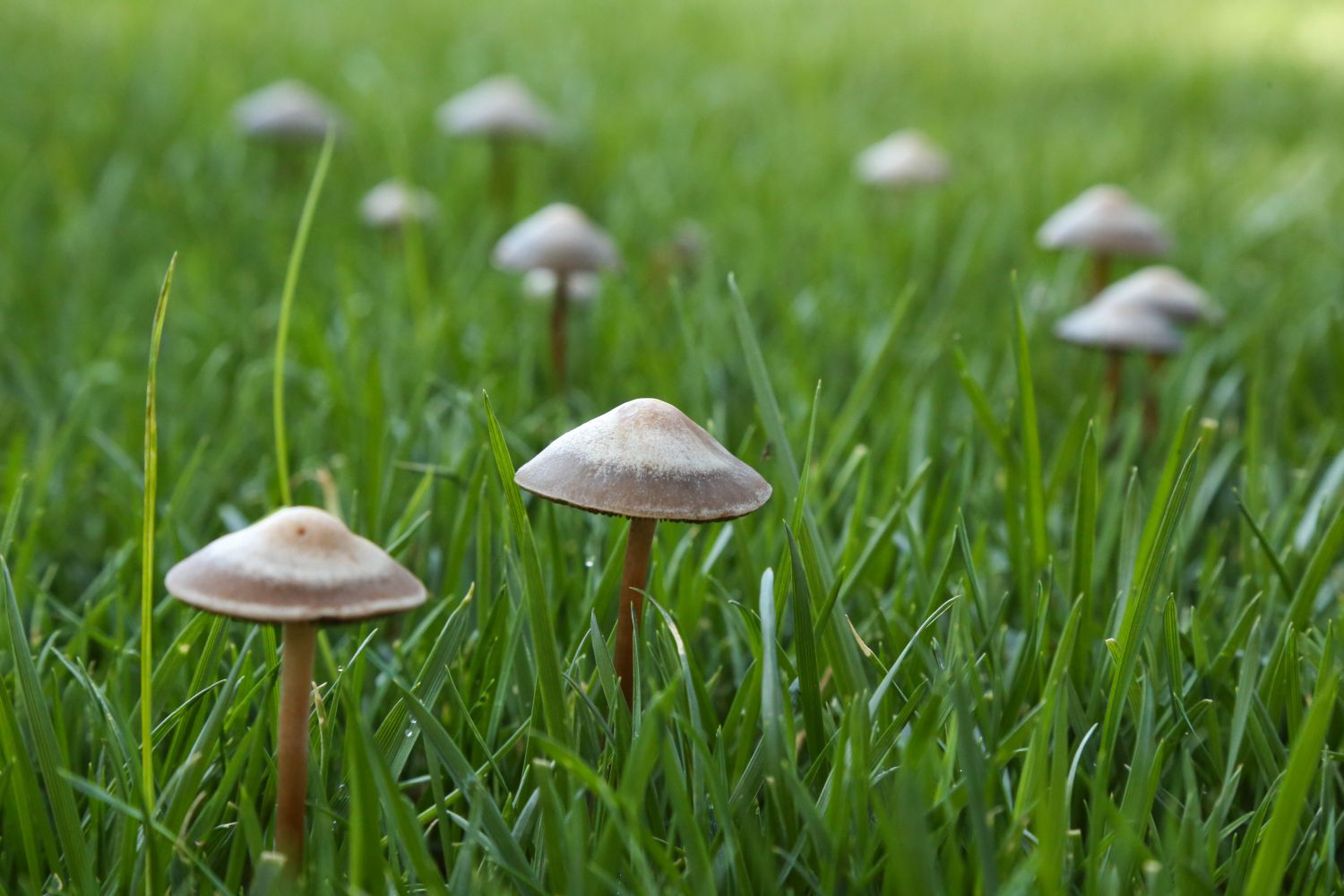

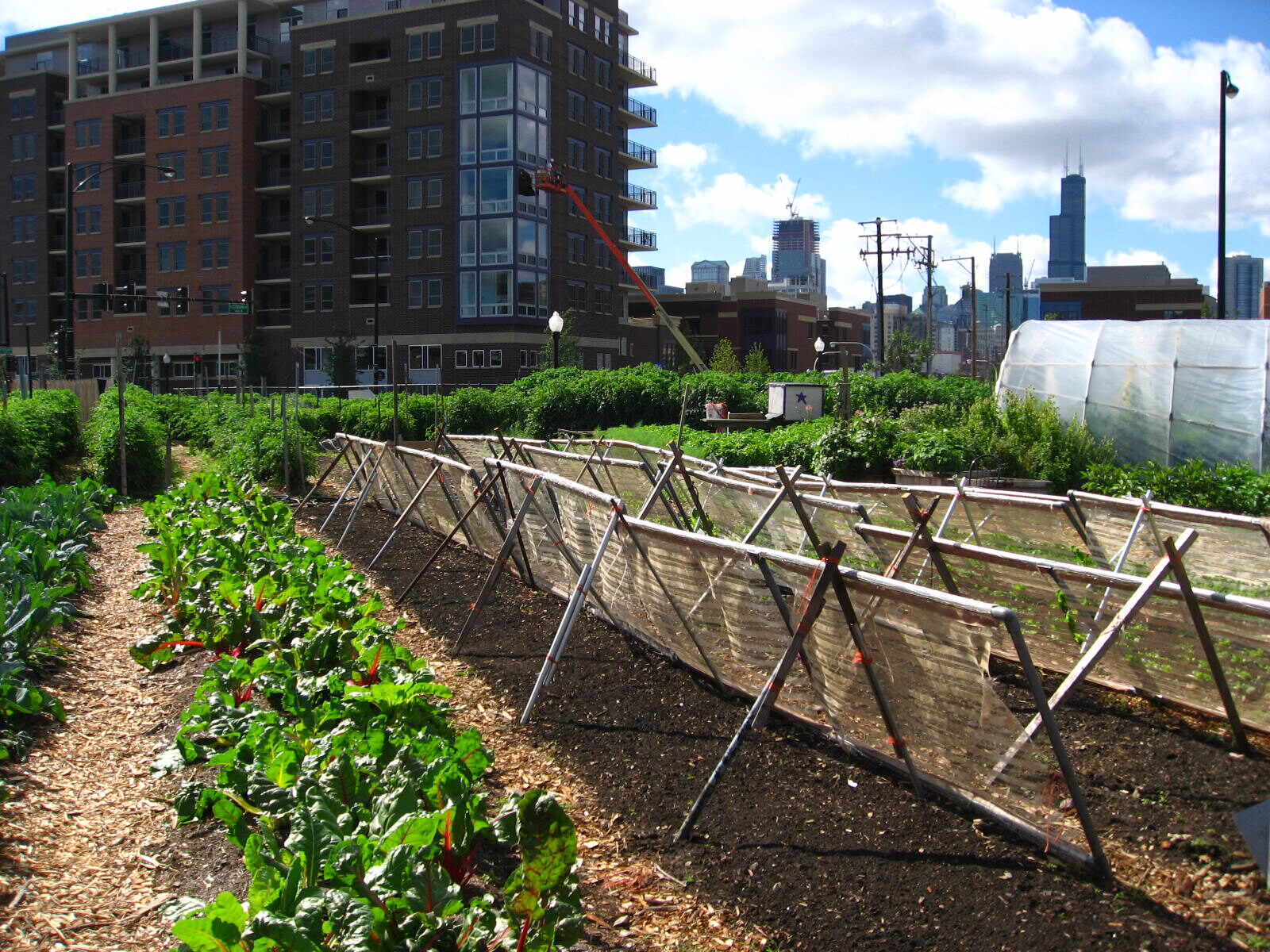
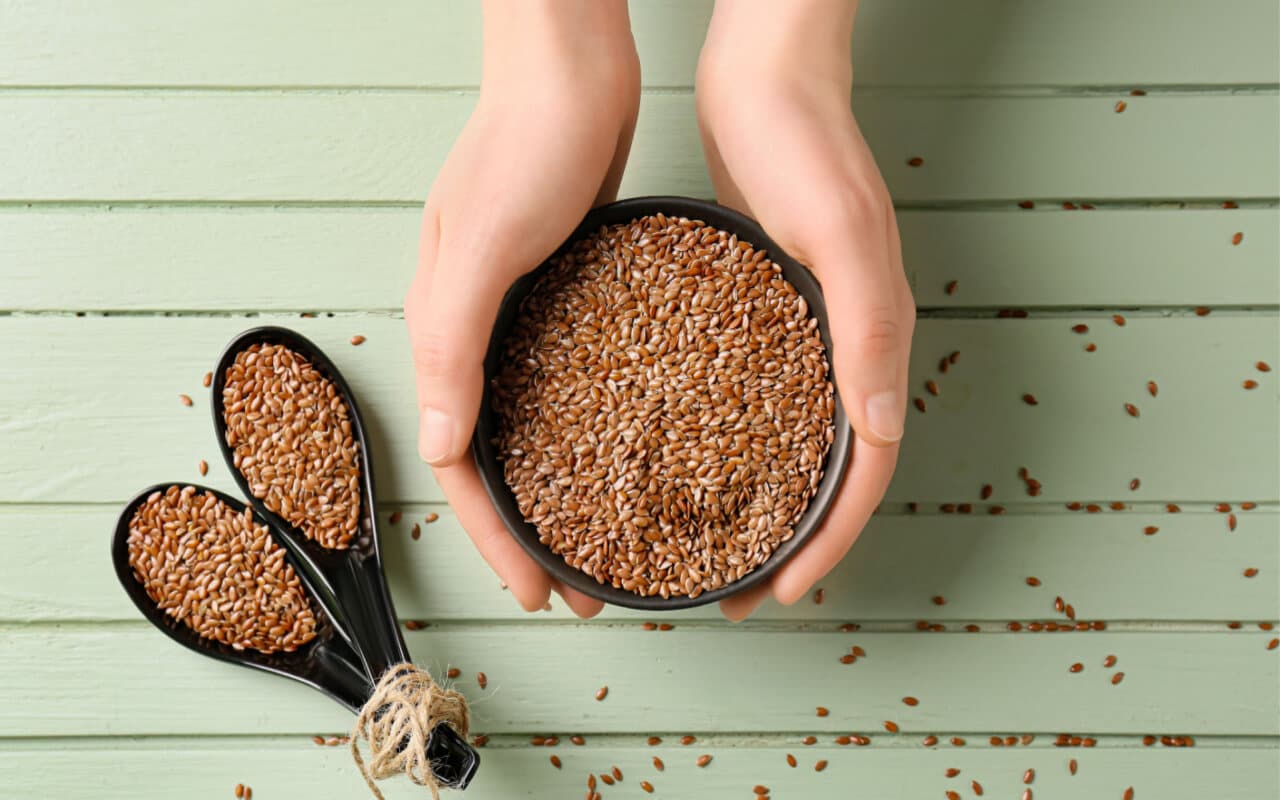
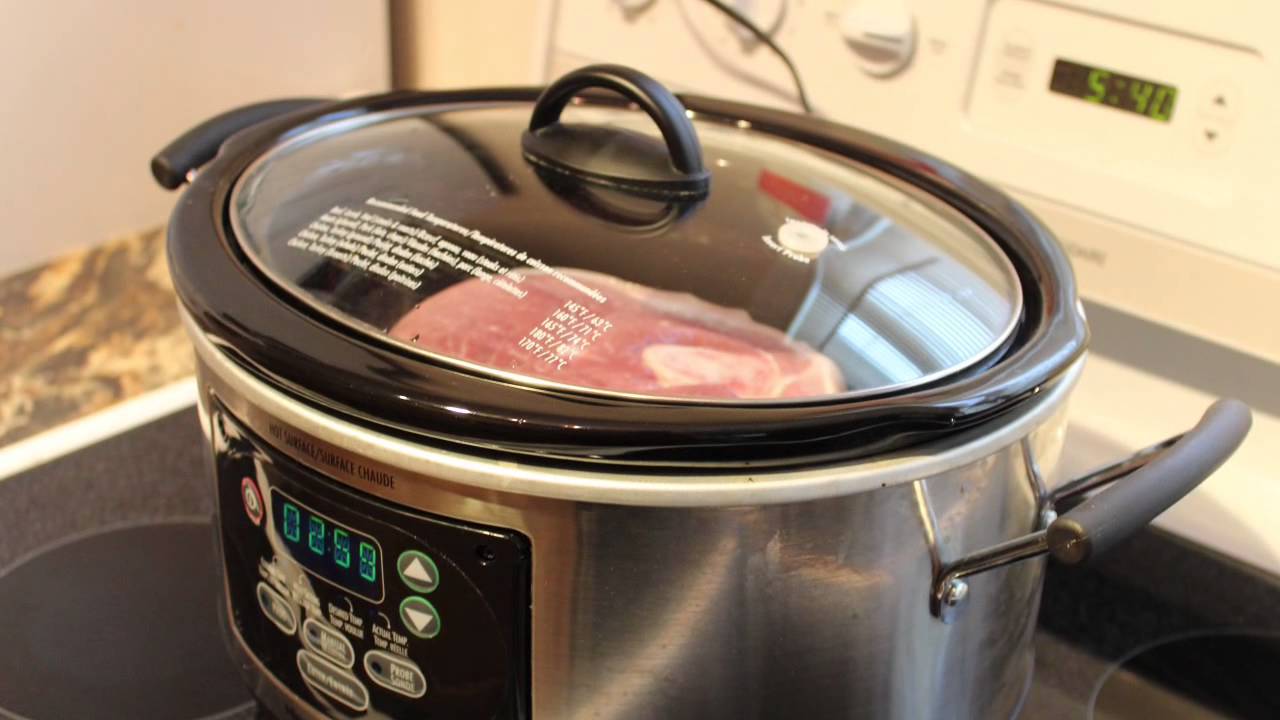






0 thoughts on “How To Slow Grass Growth”